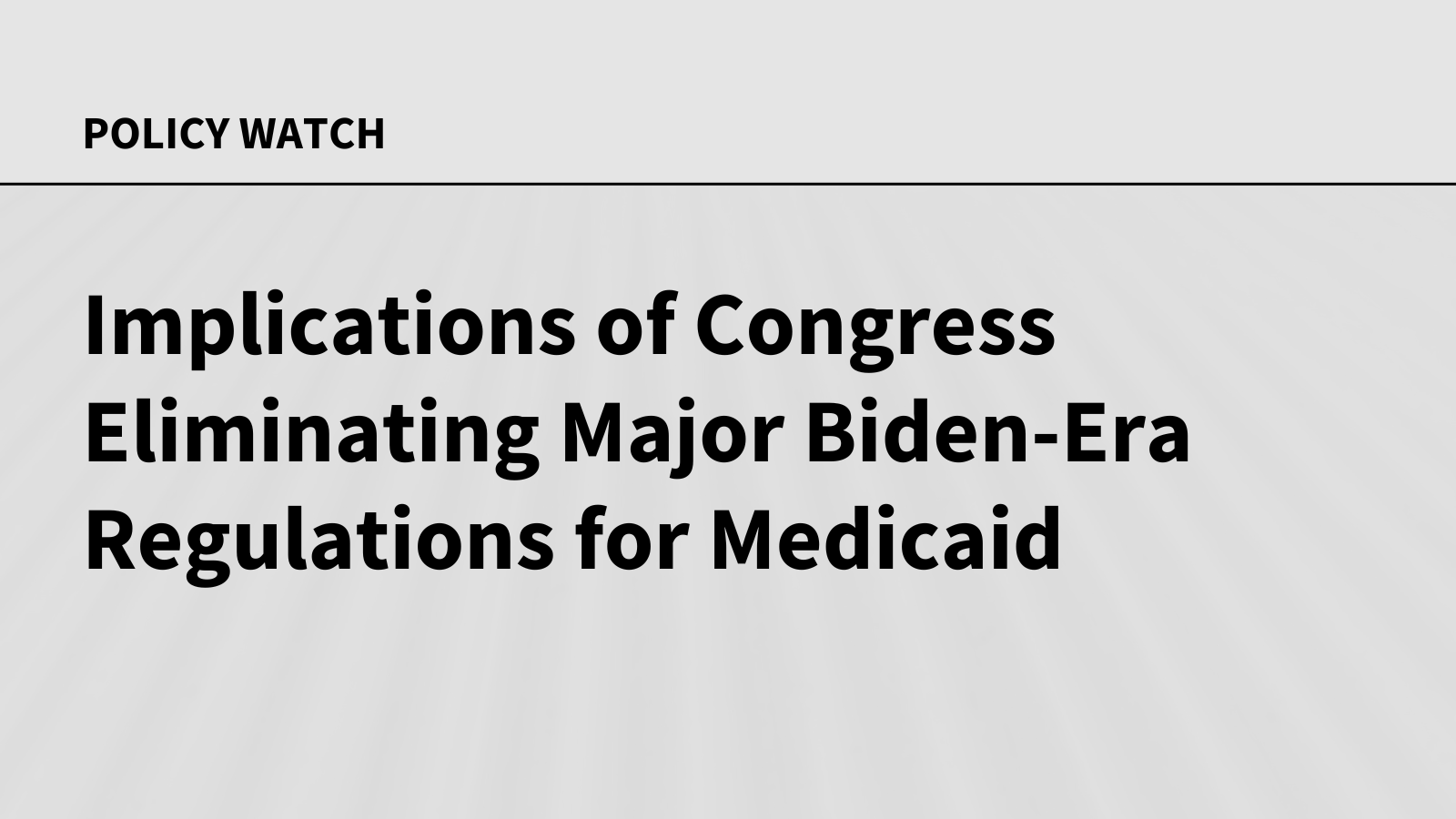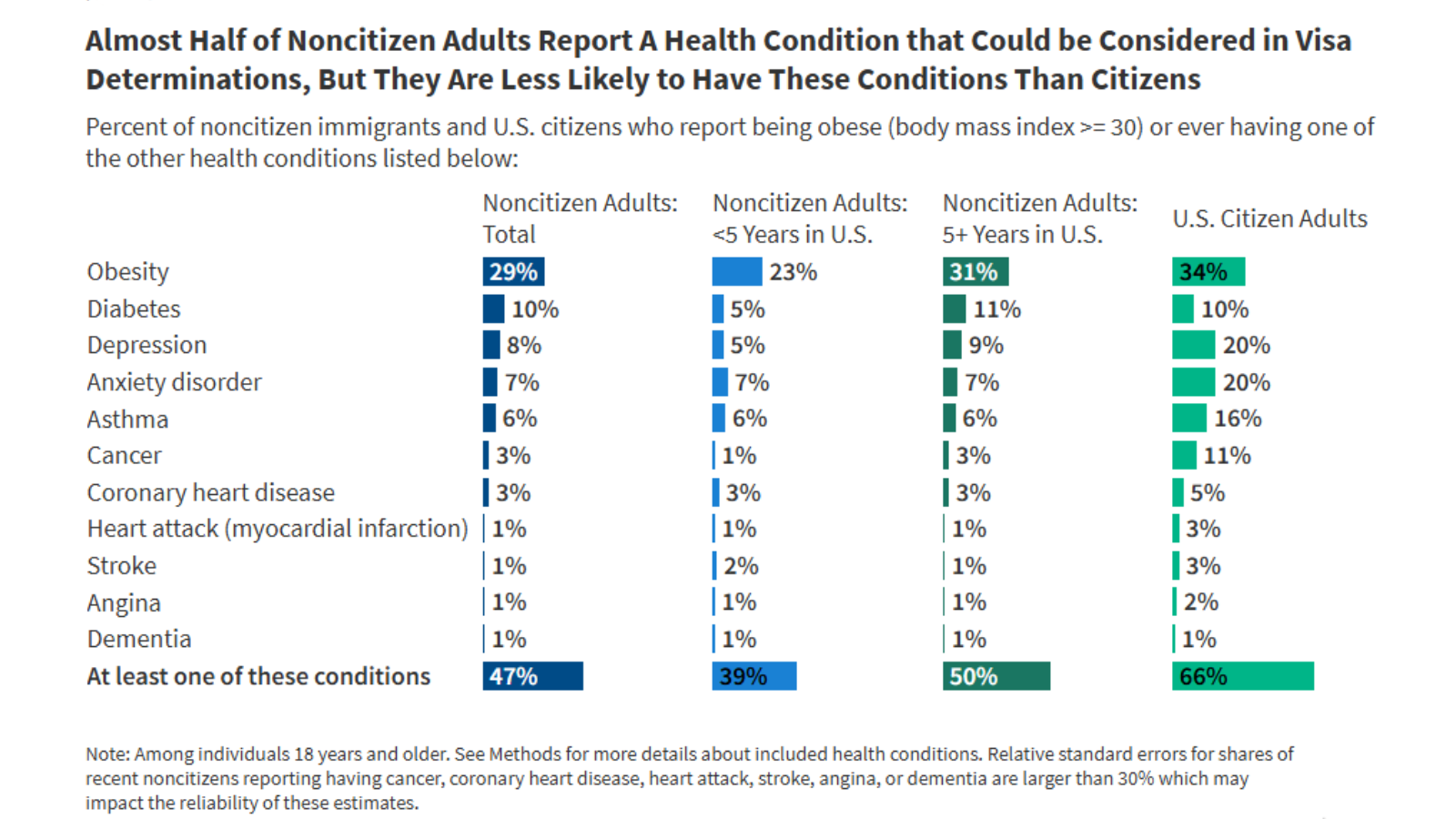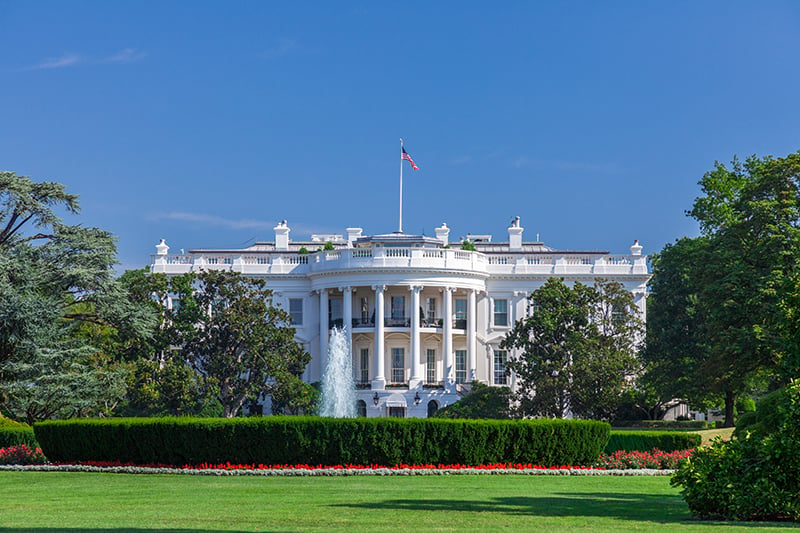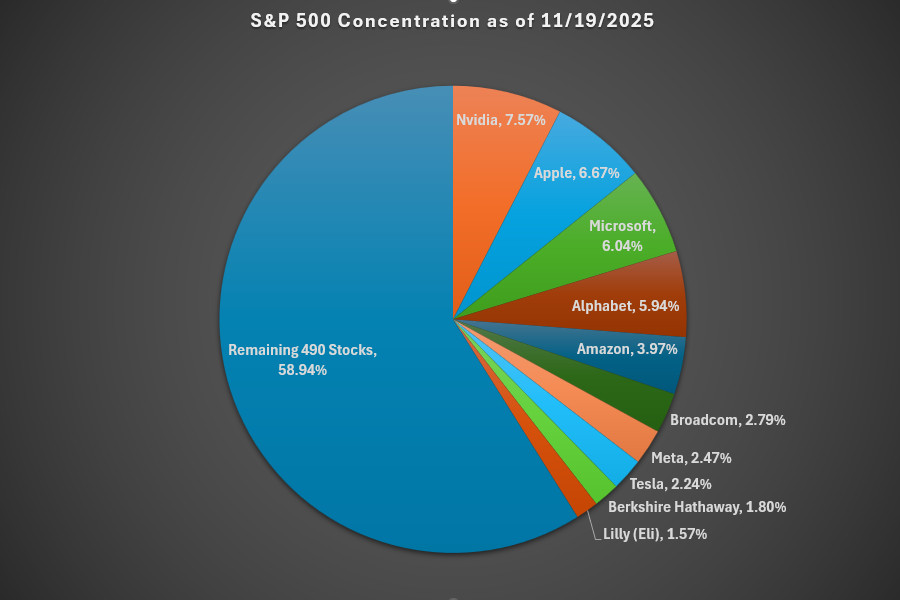The Biden administration finalized several major Medicaid regulations with the intent of improving access to Medicaid services. Collectively, the rules span hundreds of pages of text, are extremely complex, and were set to be implemented over several years, with measurable increases in federal Medicaid spending. Overturning the rules would reduce regulation of managed care companies, nursing facilities, and other providers; increase barriers to enrolling in and renewing Medicaid coverage, and roll back enrollee protections, payment transparency, and requirements for improved access.
As Congress looks to meet the adopted budget resolution’s requirement of cutting federal Medicaid spending by up to $880 billion or more over ten years, overturning the Biden era rules could achieve some of those savings. Early leaked documents pointed to federal savings of $420 billion over ten years to roll back “major Biden Health rules,” although it is unclear which rules are included in the total and what the source is for the estimate. It is also unclear whether repealing all of the rules will be permissible under the Senate’s rules governing reconciliation legislation, which specify that provisions in reconciliation may not be “extraneous” to the federal budget.
To count as “savings” for the purposes of reconciliation, the federal budgetary effects of legislation changes must be estimated or “scored” by the Congressional Budget Office (CBO), raising the question of to what extent CBO will count repealing Biden era rules as savings for Medicaid. CBO has published its practices around how to incorporate administrative and judicial actions into cost estimates, explaining that after regulations are finalized, the effects of the rules are considered part of current law. The effects of repealing the regulations through legislation would, therefore, be included in a cost estimate, provided new regulations replacing the Biden rules aren’t proposed and assuming the courts don’t overturn any of the regulations (as new administrative or judicial action would change current law and may affect costs estimates). As of now, the only regulation for which savings are likely to be reduced because of administrative and judicial action is the requirement for nursing facilities to maintain minimum staffing levels (details below).
Major Medicaid health rules that could be repealed as part of reconciliation include the following:
- The Access rule addresses several dimensions of access: increasing provider rate transparency and accountability, standardizing data and monitoring, and increasing opportunities for Medicaid enrollees to provide feedback on state Medicaid policies through a new beneficiary advisory committee, with the goal of improving access to care.
- The rule requires states to compare fee-for-service (FFS) payment rates for primary care, obstetrical and gynecological care, and outpatient mental health and substance use disorder services to Medicare rates, and publish the analysis every two years, with the first analysis published by July 1, 2026.
- In addition, by July 1, 2026, states must publish all FFS rates on a publicly available and accessible website and make updates within one month of a payment rate change.
- The rule also included many provisions governing access to home care (also known as home- and community-based services or HCBS), which include ensuring that at least 80% of spending on certain services be spent on compensation for direct care workers and requiring states to report the number of people on waiting lists for care.
- The Managed Care rule addresses Medicaid managed care access, financing, and quality, including strengthening standards for timely access to care (e.g., through the establishment of national maximum wait time standards for certain “routine” appointments) and states’ monitoring and enforcement efforts. The rule requires states to submit annual payment analysis and establishes a ceiling on state directed payments to institutional providers like hospitals at “average commercial rates” or ACR. Other supplemental payments in fee-for-service use Medicare as the payment ceiling, which is generally substantially below what commercial insurers pay.
- The Long-Term Care Facility (LTC) Staffing rule establishes minimum staffing standards for nursing facilities, requires state Medicaid agencies to report the percent of Medicaid payments for institutional LTC that are spent on worker compensation, and provides funding for people to enter careers in nursing homes. It is unclear whether changes to the staffing rule would count as savings for reconciliation purposes because the US District Court for Northern Texas ruled to overturn the key staffing standards in early April. CBO generally does not account for district court rulings in its cost estimates but the Trump administration has signaled that it will not appeal the ruling, suggesting that in this case, the District Court decision may stand.
- Two rules streamline Medicaid enrollment and renewal processes for the Medicare Savings Program(MSP) and for Medicaid, CHIP and the Basic Health Program. The first rule helps eligible Medicare beneficiaries more easily access Medicaid coverage of Medicare premiums and cost sharing through the MSP while the second rule streamlines application and enrollment processes in Medicaid, aligns renewal policies for all Medicaid enrollees, including requiring states to renew eligibility only every 12 months for all Medicaid enrollees (a new requirement for people who qualify on the basis of age or disability pathways as 12-month renewals were already required for children and adults by the Affordable Care Act), facilitates transitions between Medicaid, CHIP, and subsidized Marketplace coverage, and eliminates certain barriers for children in CHIP. The rule also updates documentation and recordkeeping requirements to reduce payment errors based on insufficient documentation. Many provisions in the MSP rule have already taken effect and many states are already in compliance with other provisions ahead of scheduled implementation timelines. CBO estimates that repeal of these rules would reduce federal Medicaid spending by $170 billion over ten years and reduce Medicaid coverage by 2.3 million by 2034.
Publisher: Source link









